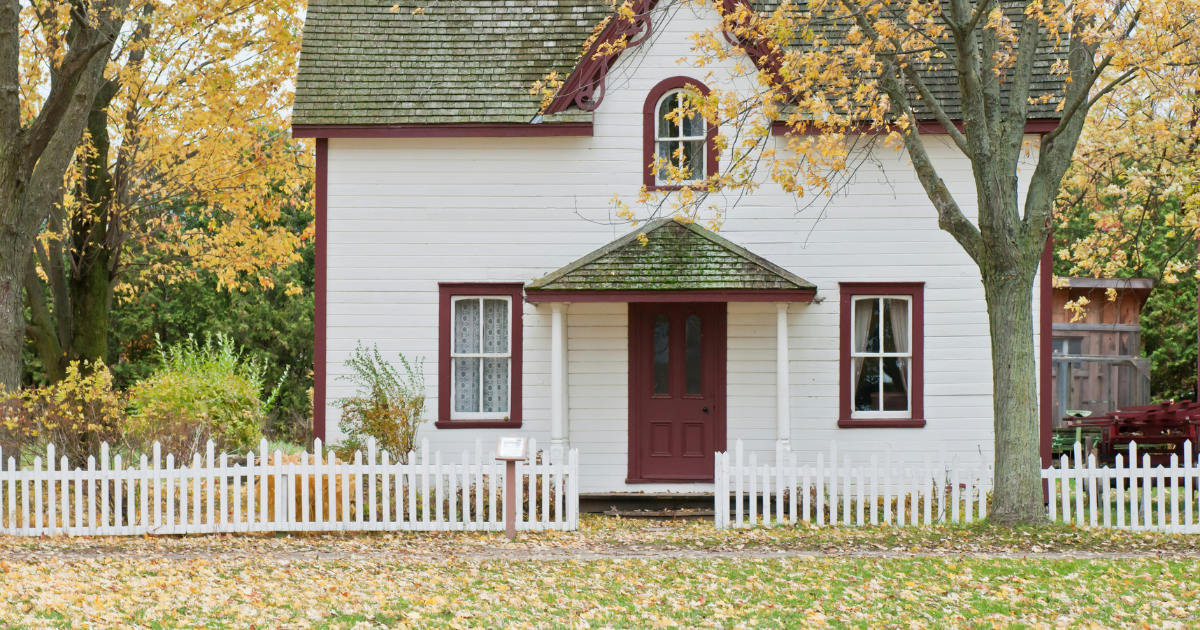
When a fire or flood strikes a neighborhood home, a crowd inevitably gathers at the heartbreaking scene: concerned neighbors, family, emergency personnel and passersby. More and more, these tragedies draw a different throng that shows up just as fast: contractors and public adjusters clamoring to help shocked homeowners recover. They promise fast action, easy jobs, high-end materials and top workmanship. All homeowners need do to get these wonderful remedies? Scribble a signature on the “Assignment of Benefits” paper they just happen to have right here in the truck.
Assignment of Benefits, or AOB, is a term every homeowner should know. It’s a concept that’s undeniably helpful in the medical field: as a patient, you sign an AOB that allows the physician to work with your insurance company on your behalf. They get paid more quickly, accurately and fairly. You receive the timely care you need without navigating the administrative labyrinth of medical billing. Applied to the property restoration arena, however, AOBs have become synonymous with fraud, waste and delay.
Florida – which, along with Texas is combating widespread AOB abuse – certainly serves as a cautionary tale, with its AOB abuse claims rising by 70 percent over 15 years. After soliciting AOBs from tens of thousands of citizens struck by disaster damage from floods and fires, unscrupulous companies and public adjusters in the Sunshine State estimated and performed unnecessary or excessively costly work. Their legal counsel then sued insurance companies that denied or disputed the claims. The unfortunate outcome? Some of the highest insurance premiums in the country rose even higher to cover needless repairs and excessive legal fees. Powerless victims waited as repairs slowed or stopped and claims resolution dragged on. Calling the insurance company provided scant relief: once an AOB is in force, the insurer can no longer speak with the insured.
What can homeowners do to avoid being victimized again after a home disaster? First, avoid signing an Assignment of Benefits (AOB). Legitimate restoration companies understand and support a homeowner’s right to pursue information and carefully consider next steps. Second, talk to the insurance carrier. Insurance professionals are aware of AOB abuse, often maintain lists of certified vendors and have ongoing relationships with legitimate contractors. Finally, if a dazed homeowner does sign an AOB, it may not be too late: while applicable local regulations may differ, laws now allow homeowners up to 14 days to cancel the AOB.
“We are taking many proactive steps to combat the problem,” says Gordon Berken, Paul Davis General Manager, who adds that AOB abuse is spreading to other states like Pennsylvania, California, Georgia, Massachusetts and Minnesota. “ Paul Davis’ 300+ offices do not use or condone the use of AOBs. We’re raising awareness directly with homeowners and working with insurance carriers, too – in fact, we have a department that performs comparative estimates for insurance companies to get jobs done correctly on schedule and on budget. Finally, we’re acting as a resource. Questions about disaster restoration? We’re available 24/7/365 to respond, whether it’s giving information about AOBs or sending a team to your disaster within 30 minutes.”











